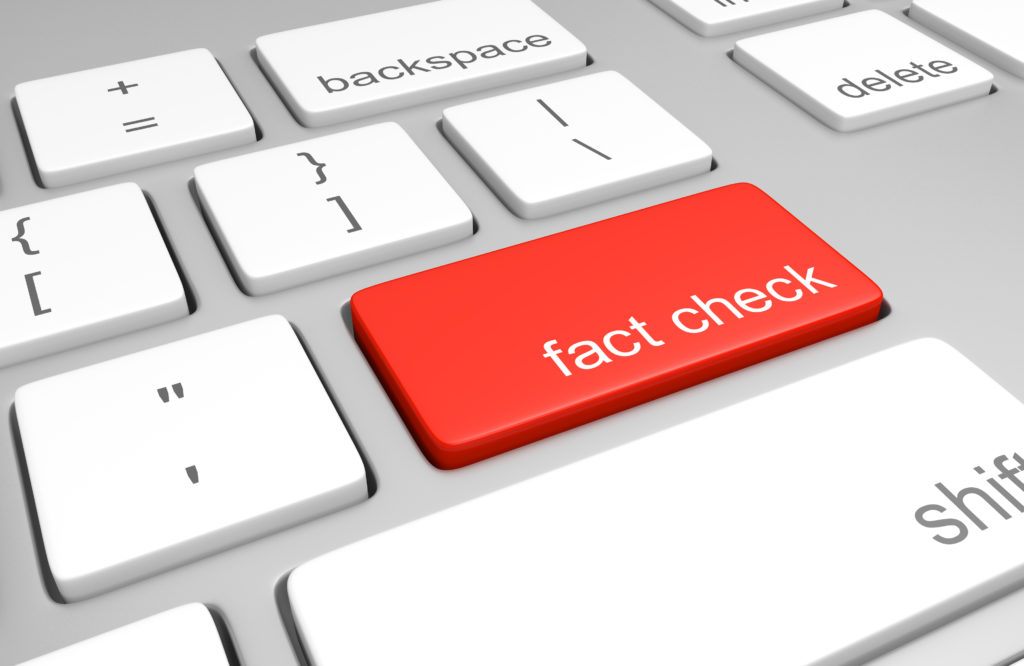
Editor’s Note: Psychedelic Science Review is an objective, science-based website and online journal publishing the most current and accurate psychedelic science and research information. As such, PSR does not take sides regarding psychedelic drugs, advocacy, or the politics surrounding them. However, as part of our mission to educate the public, we will check the facts and, if necessary, correct misconceptions about psychedelics made in these contexts.
The New York Post recently reported that United States House member Rep. Andy Harris (R-MD) is “…appalled that [Washington, DC] drug reform activists submitted on Monday what they say is enough signatures to get an initiative on the November ballot making natural hallucinogens the lowest law enforcement priority.” 1 Mr. Harris made headlines in publications such as Marijuana Moment by vowing that he “will do everything in his power” to stop the Washington DC measure to decriminalize natural psychedelics.2
Mr. Harris explained his reasoning for opposing efforts to decriminalize natural psychedelics in an interview with the New York Post. He said, “This is a bald-faced attempt to just make these very serious, very potent, very dangerous—both short-term and long-term—hallucinogenic drugs broadly available…”
However, setting politics aside, what is the scientific merit of Mr. Harris’s argument? The discussion below compares how well his argument’s main points align with the currently accepted scientific understanding of natural hallucinogens.
A note about psychedelics and hallucinogens – These terms are often used interchangeably, which can be misleading. Many psychedelics do not cause hallucinations at low doses.3 Therefore, using the blanket term hallucinogen to describe the effects of all doses of psilocybin, for example, is incorrect. This article will use the term psychedelic from this point on, with the understanding that a compound may or may not cause hallucinations depending on the dose and other factors, including set and setting (the context).
Psychedelics Are “Very Potent”
Evaluating this statement requires some understanding of drug potency. Basically, potency refers to how much of a drug is needed to give a specific effect. Another way to think of it is that a high potency drug gives a strong effect at a low dose. Scientists use a measurement called EC50 to understand the potency of drugs at receptors. The abbreviation stands for half of the maximal effective concentration. The more potent a drug, the lower its EC50.
Mr. Harris’s statement that psychedelics are very potent is difficult to evaluate without providing something for comparison. Very potent compared to what? For example, Table 1 below compares the EC50 of serotonin, a neurotransmitter present in everyone’s brain, to some naturally occurring psychedelic compounds at the serotonin 5-HT2A receptor.
Table 1: EC50 values of compounds at the serotonin 5-HT2A receptor.
| Compound | EC50 (nM) | Species | Reference |
|---|---|---|---|
| Serotonin | 11.0 | Human | 4 |
| Psilocin | 2,300 | Rat | 5 |
| Psilocybin | 3,480 | Human | 6 |
These data show that serotonin is significantly more potent at 5-HT2A than psilocybin and its active metabolite psilocin. Therefore, serotonin is more potent than at least two compounds found in magic mushrooms. This is just one argument that challenges Mr. Harris’s contention that psychedelics are very potent.
It should be noted that LSD (lysergic acid diethylamide) is slightly more potent than serotonin at 5-HT2A with EC50 = 9.8 nM (rat)7. LSD often comes to mind when people think of examples of psychedelic drugs. However, LSD is synthetic, not naturally occurring.
Psychedelics Are “Very Dangerous”
One of the most compelling arguments made to date for psilocybin’s safety was penned by lead author Dr. Matthew Johnson and his colleagues (including Roland Griffiths) in their landmark 2018 paper published in Neuropharmacology.8 Using the eight factors of the Controlled Substances Act for their analysis, the authors call for moving psilocybin from Schedule I to Schedule IV. They state,
The characterization of psilocybin as a substance with high abuse potential is based largely on social lore, sensationalized media coverage, and misinformation and misunderstanding about the actual risk of dependence and harms during the 1960s.
Scientific studies by respected experts in psychedelic research, including David Nutt and Robin Carhart-Harris, document the growing evidence supporting the safety and efficacy of several psychedelics.9-11 In a 2008 paper in the Journal of Psychopharmacology titled, “Human Hallucinogen Research: Guidelines for Safety,” Johnson, Griffiths, and William Richards said, “…hallucinogens are relatively safe physiologically and are not considered drugs of dependence.” 12
Conclusions
The reasons Mr. Harris gives for opposing the decriminalization of natural psychedelics are scientifically invalid. The evidence shows that statements like naturally occurring psychedelics are “very dangerous” and “very potent” are incorrect and contrary to the current scientific consensus.
So, what are the true “dangers” of psychedelics? If one were to make a list of reasons against the widespread use of natural psychedelics, consider the three shown below. These reasons are based on what scientists know and don’t know about natural psychedelics.
- Chemical Variability – Natural psychedelics can vary considerably in chemical composition, creating a high risk for significant inaccuracy in dosing. For example, with magic mushrooms, Bigwood and Beug found a tenfold difference in the psilocybin content of Psilocybe cubensis collected in the wild.13
- Misidentification – Psychedelic plants and fungi can be confused with toxicity look-alikes. Arguably, increased demand for natural psychedelics could result in more instances of misidentification and accidental poisonings.
- Side Effects – There are unwanted effects associated with consuming some naturally occurring psychedelic plants and fungi. Controlling these effects is not possible until scientists discover all the compounds in an organism and learn about their pharmacology.

Psilocybin can be extracted with alcohol into crystal form. Or diluted. Solves the problem of dosing and also the gastric distress. Still natural.